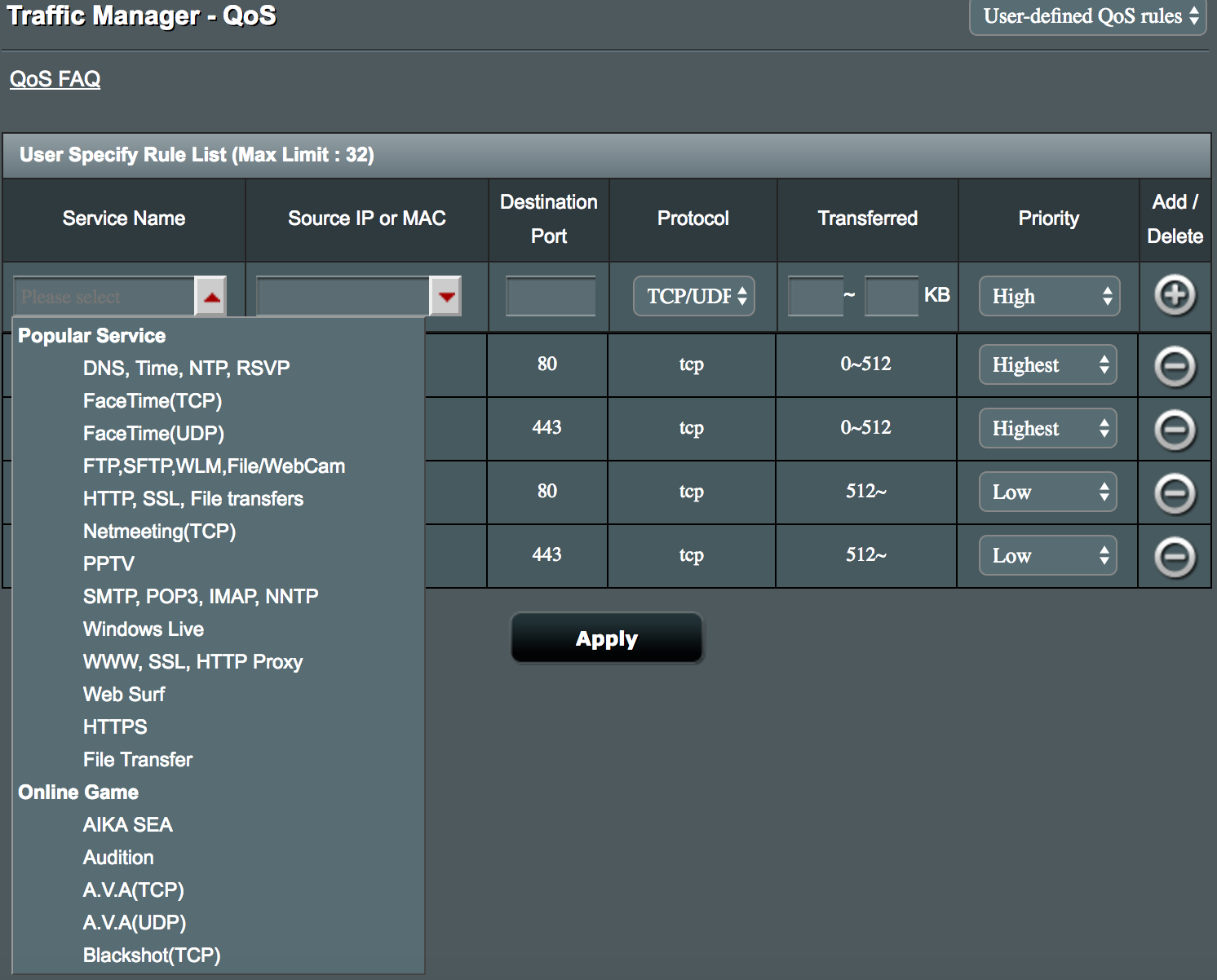Hi,
I’m a long term IT professional and longer music lover, I don’t like the term audiophile, but at the end is what I’m.
Since late '90s I’m playng around with computer reproducing music, first was macintosh then in 2005 I met squeezebox and i liked so much that most of the music I listen to today come from some sort of SB, while the best - of course - still come from my turntable.
Good old black disks apart, I really believe a good digital setup could let us enjoy our music in a very convenient way and the way squeezebox environment has grown to be is probably the best in functionality and reliability. More than this and thanks to volunteers from the large squeezebox users community it’s open to be used in hardware starting from 30 US$, for free.
Volumio is making thing lot easier now and you could have a very good, full funcional squeezebox in minutes on every hw supported by Volumio.
Cool!
But, what about sound quality?
I think is impossible full answer to this question: too many hardware, operating systems, software, network, dac, cable,… combinations are in play, moreover sound quality is a matter of perception and taste, so is higly subjective.
What I could say is that in my experience, in systems I’ve tried and for my personal point of …listening I’ve never felt squeezelite (the software emulator player) sounding worse than other players in the same environment (both audio and pc/networking system). Not that all the sofware players sounds the same to me, but differences are minimal and really smaller than the ones I could feel switching the hardware (same audio system, same network, same files, same software player but different hardware to me could sound different even if all of them output a bit perfect stream).
Strange? I don’t know, but this moved me to try to understand.
Reading and asking a lot I’ve found that the majority just don’t care about, the rest of us, audio enthusiast, engineers or professionals has two ‘forma mentis’:
a. It’s impossible, bit are bit, it’s just placebo effect, come back after doing some ABX double blind test…
b. really? probably is just placebo, but let we see what’s happening…
Sure who don’t care are the one who better enjoy their music, maybe “a” people are righ - quite annoying, often they are - but I feel more confortable with “b” people, also becouse some things we today accept as normal were spotted out by b people and initially refused by a people, while majority simply did not care about, so I keep on reading, asking and listening.
Doing this I’ve encountered many different opinions, but a reliable and well established company as SonicStudio, the vendor of Amarra, suprised me a lot:
“Computers with a Solid State Hard Drive installed can sound significantly smoother than their spinning hard-disk counterparts. Same goes for a Network Attached Storage (NAS): it can sound grainy as compared to a locally-connected SSHD” (sonicstudio.com/amarra/howtobuildaserver.php).
Wow, this is 180° from where the world is going today! let me try…
I have a macbook air with an SSD so the trial was easy:
a. Itunes + Audirvana.
b. LMS + squeezelite.
Just for your information, I was not able to detect any difference in both case, but this mean nothing other than for me.
After sometime, few days ago, I’ve met Volumio and discovered Michelangeloz is the founder.
Michelangeloz is a very fair citizen of many forums and it happened to me to read is mind about bad influence the network could have on sound quality, quite the same as Sonic Studio, but while Amarra is a stand alone player, I suppose most of us will use Volumio to power a network player, so for sure is not talking ‘pro domo sua’ (nor I think SonicStudio do).
He was very kind to answer my questions and suggested to open a dedicated thread here to discuss this matter, so we are.
Next two posts are my questions and his answers, hope we could continue and involve other peoplle in the discussion.
Marco.




 .
.